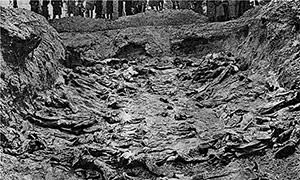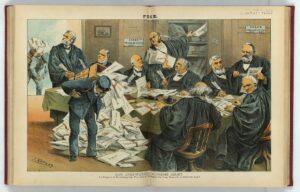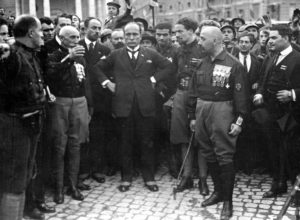On 9/11, New Evidence From Another Massacre
While Americans paused Tuesday to reflect on the 11th anniversary of 9/11 and the loss of nearly 3,000 innocent lives, the National Archives has released new evidence of Washington's cover-up of an atrocity 72 years ago that killed more than seven times as many people.
While Americans paused Tuesday to reflect on the 11th anniversary of 9/11 and the loss of nearly 3,000 innocent lives, the National Archives has released new evidence of Washington’s cover-up of an atrocity 72 years ago that killed more than seven times as many people.
In April, 1940, Josef Stalin’s secret police executed more than 22,000 Polish officers, police and intellectuals in the Katyn forest of Russia. Russia blamed the massacre on the Nazis unti 1990, and it appears to have had help spreading that lie from the American and British governments, which needed Stalin’s assistance against Hitler.
The National Archives has released documents revealing that American prisoners of war sent coded messages home disputing Russia’s claims.
The Associated Press via CBS News:
The evidence is among about 1,000 pages of newly declassified documents that the United States National Archives is releasing Monday and putting online. Historians who saw the material days before the official release describe it as important and shared some highlights with the AP. The most dramatic revelation so far is the evidence of the secret codes sent by the two American POWs — something historians were unaware of and which adds to evidence that the Roosevelt administration knew of the Soviet atrocity relatively early on.
The declassified documents also show the United States maintaining that it couldn’t conclusively determine guilt until a Russian admission in 1990 — a statement that looks improbable given the huge body of evidence of Soviet guilt that had already emerged decades earlier. Historians say the new material helps to flesh out the story of what the U.S. knew and when.
The Soviet secret police killed the 22,000 Poles with shots to the back of the head. Their aim was to eliminate a military and intellectual elite that would have put up stiff resistance to Soviet control. The men were among Poland’s most accomplished — officers and reserve officers who in their civilian lives worked as doctors, lawyers, teachers, or as other professionals. Their loss has proven an enduring wound to the Polish nation.
We always say “never forget” after a tragedy, but then, tragically, we often do.
— Posted by Peter Z. Scheer. Follow him on Twitter: @peesch.
Dig, Root, GrowThis year, we’re all on shaky ground, and the need for independent journalism has never been greater. A new administration is openly attacking free press — and the stakes couldn’t be higher.
Your support is more than a donation. It helps us dig deeper into hidden truths, root out corruption and misinformation, and grow an informed, resilient community.
Independent journalism like Truthdig doesn't just report the news — it helps cultivate a better future.
Your tax-deductible gift powers fearless reporting and uncompromising analysis. Together, we can protect democracy and expose the stories that must be told.
This spring, stand with our journalists.
Dig. Root. Grow. Cultivate a better future.
Donate today.








You need to be a supporter to comment.
There are currently no responses to this article.
Be the first to respond.